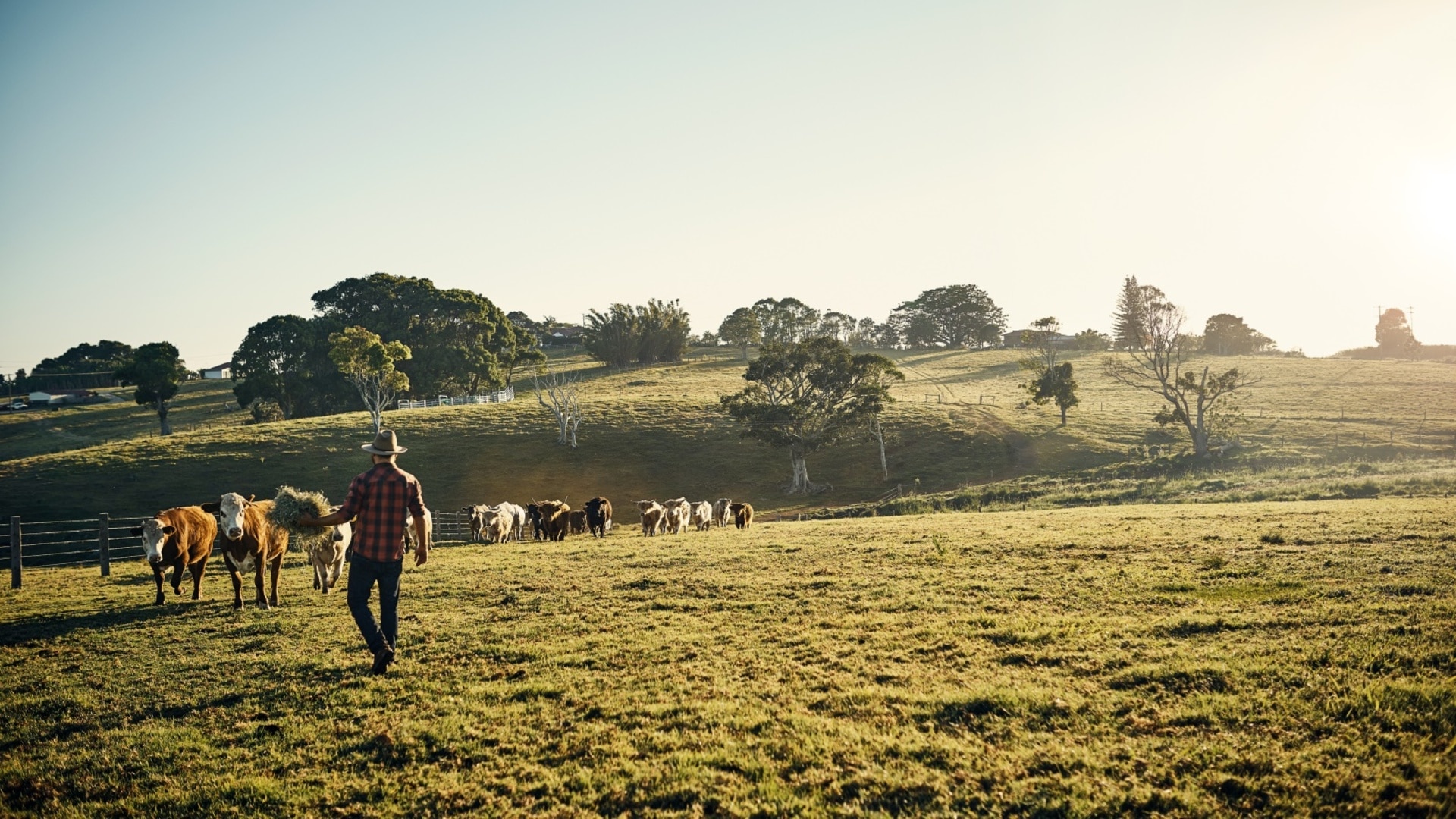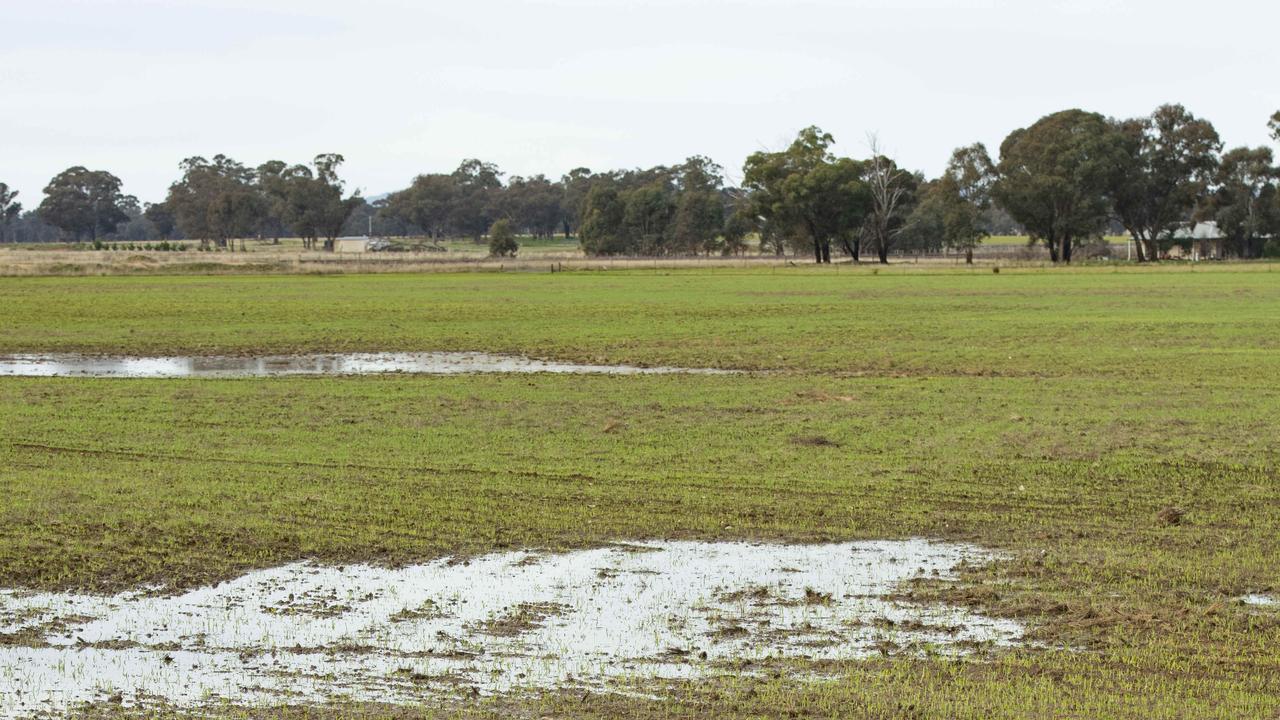The most significant dust storm since 2019 has hit southern Australia’s drought regions
The most significant dust storm since 2019 blasted southern states and brought patchy rain, but more is needed to break drought.

Parts of drought-hit Western Victoria and South Australia welcomed 5-20mm of rain at the start of the week as the “most significant dust storm since 2019-20” hit the southern states on Monday.
But farmers and weather experts say while the rain was welcome, “much, much more” was needed to recover the failed autumn break and drag vast parts of southern Australia out of drought.
By Tuesday morning, Warrnambool had received 12mm in the band of rain that came in after dust storms from pastoral South Australia blew across northern Victoria on Monday evening.
Hamilton received 8mm and Dartmoor had 14mm. Edenhope however, received just 6mm; Ararat, 4mm and Ballarat 2mm.
In SA, Coonawarra had 11mm, Naracoorte 10mm, Padthaway got 11mm and up at Clare - one of the nation’s driest for the past 12 months - a good 14mm fell in the 24 hour period to 9am Tuesday.
The Adelaide Hills fared best with Lenswood receiving a good downpour of 36mm and Aldgate, 40mm.
Bureau of Meteorology spokesman Dean Narramore said the dust storm took visibility down to 200m at Mildura on Monday and carried dust as far as Sydney by Tuesday.
But the showers would have little impact on the drought status of southwest Victoria and southeast South Australia, he said. “It was not the good soaking rain that we all need, but from a mental health point of view it was good to see it can still rain,” Mr Narramore said.
Unfortunately June was also forecast to see average to below average rainfall in southern Australia, he said.
Victorian Farmers Federation president Brett Hosking said this week’s rain would have “minimal impact at best, but was still welcome”.
“It won’t put water into dams, and that is what is really needed for those carting it,” he said.
“It might create a start for some pastures but the reality is we will need more follow up soon.”
At his farm at Quambatook he had 3mm but dust storms ahead of that would have knocked a lot of moisture out of germinated crops in the Wimmera and Mallee.
“Paddocks that were bare or rolled would have felt it, and lot of dust would have sandblasted plants out of the ground in places.”
At Dergholm on the SA border, Glenn Davis, whose farm Agriculture Minister Ros Spence visited last year, said his family property had 16.5mm since Sunday.
“It will help keep things ticking along but we had three frosts last week that burnt a lot,” Mr Davis said.
Kangaroos in plague proportions were attacking his hay supplies, and coming out of the bush in greater numbers than last year, in search of water.
Mr Davis called on the government to ease pressure on farmers by scrapping the new emergence services tax, and to help control kangaroo numbers.
While farmers continued to fight the Allan government’s new emergency services tax, Mr Hosking said a meeting with Premier Allan and the VFF had been brought forward to lunchtime Wednesday.
More Coverage






